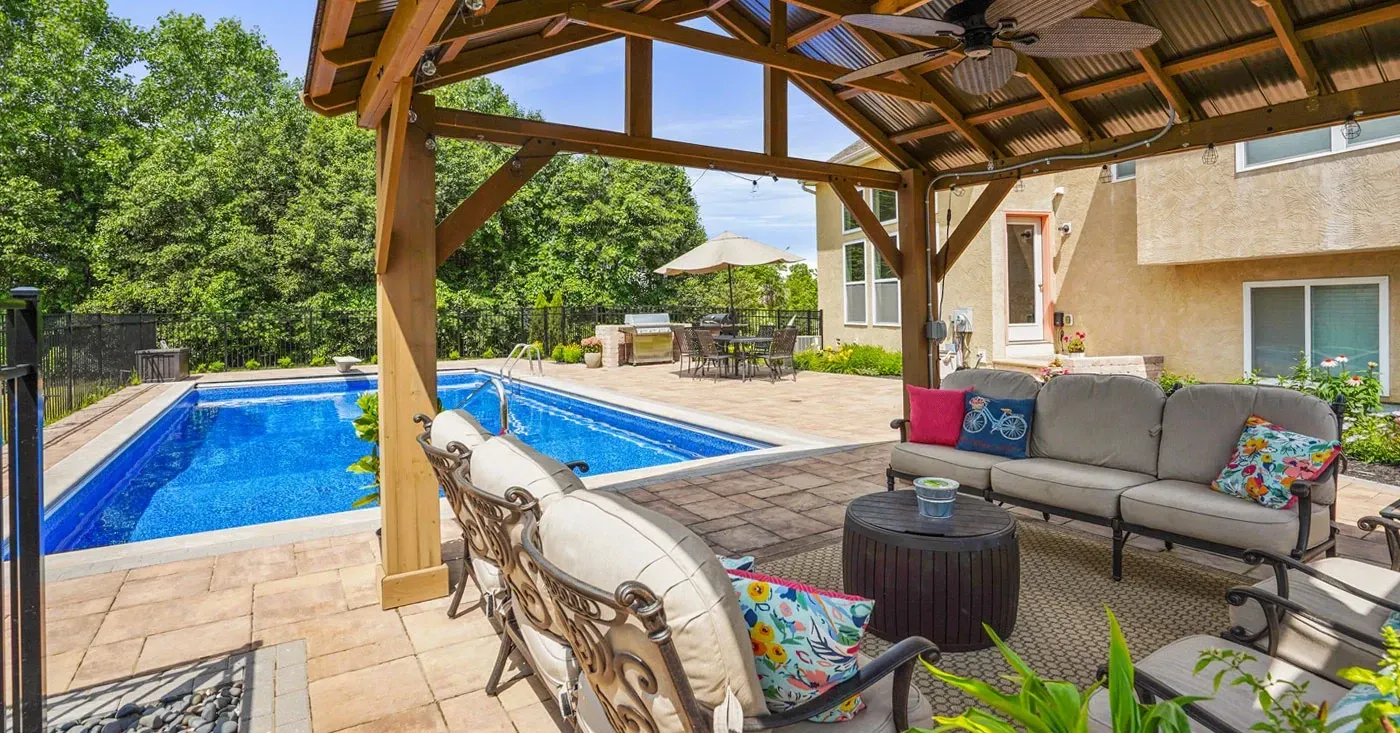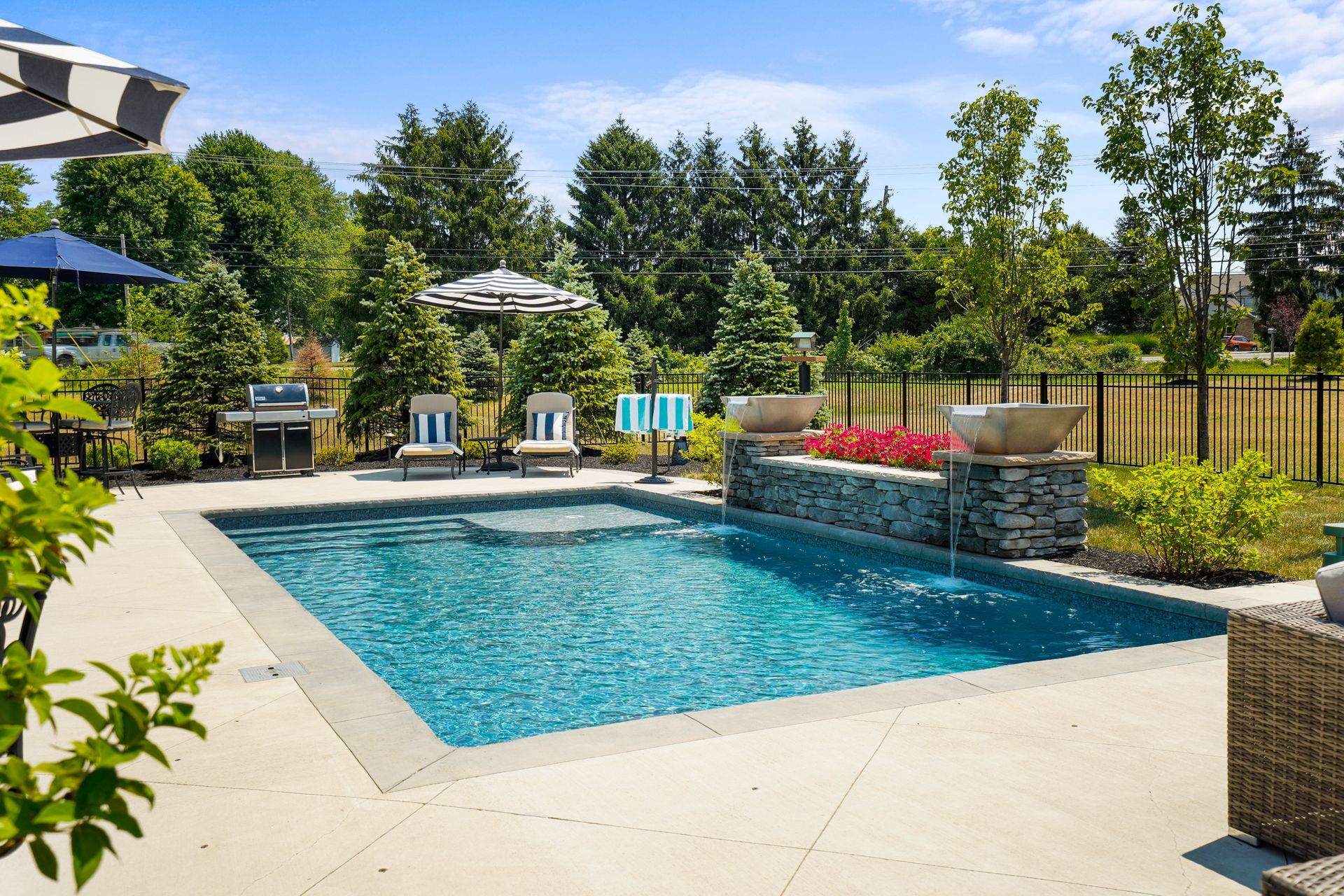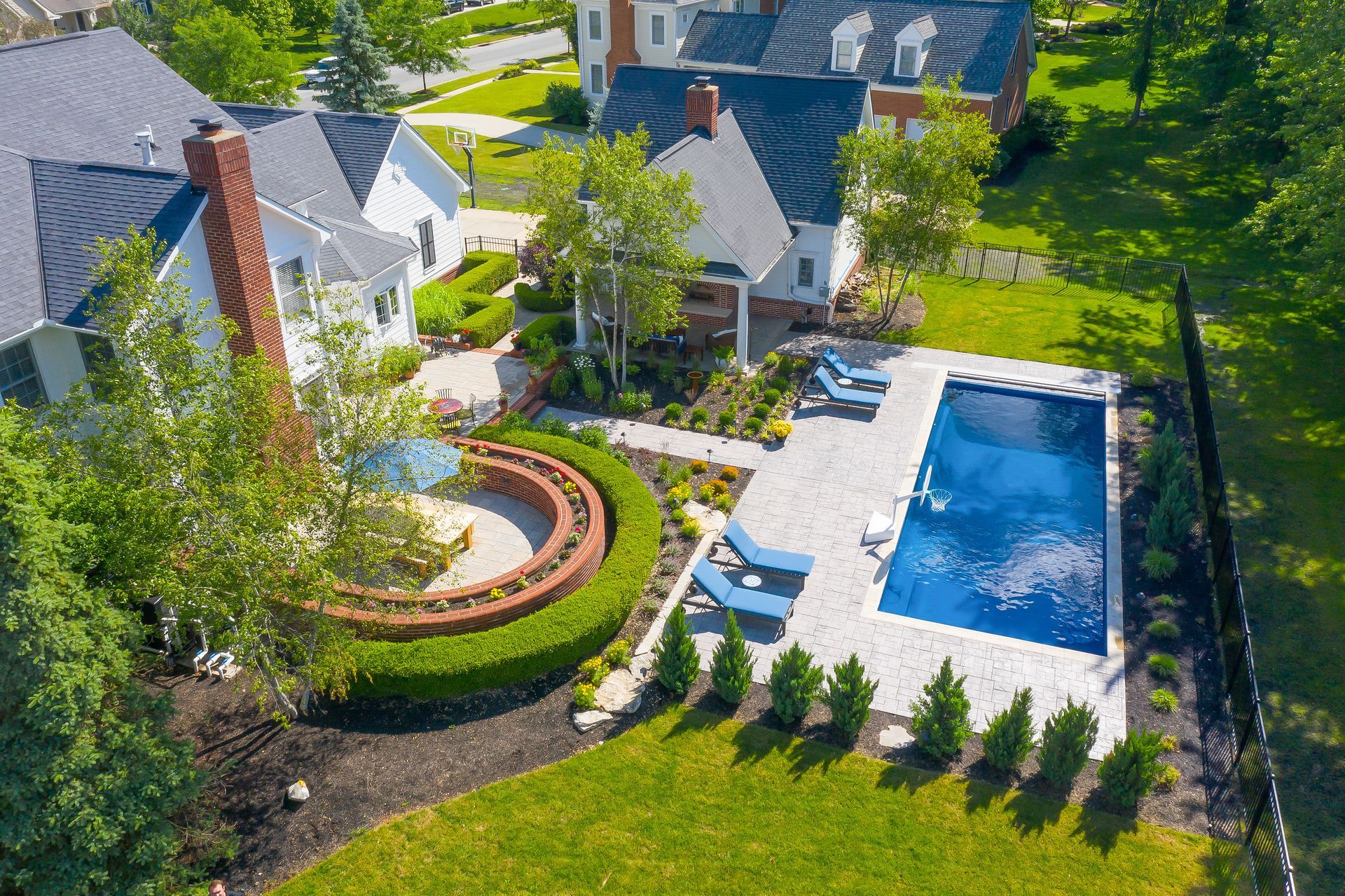How Much Does a Paver Patio Really Cost?

Calculating the overall cost of a home addition like a paver patio can be a tricky thing. Cost is about more than just the price of installation or the price of materials. This is an addition that will be part of your home for years to come.
How much will you need to put into maintaining and repairing it over the years? How long will it last? What benefits will it bring over that same period of time? Will it add to your home’s value if you decide to sell? Calculating the true cost of adding a paver patio to your home means taking all of these factors into account.
While only a consultation with your Omni Pools & Scapes professional landscaper will tell you the exact dollar amount that your paver patio will cost, here are some considerations to keep in mind about the value of the patio.
Durability
Typically, paver patios are very strong structures – sometimes stronger than the foundation of the house. This durability is an important thing to consider when thinking about the cost of a paver patio. A concrete patio may start to crumble in a few years, and a wooden deck may eventually begin to rot. But chances are that by the time a wooden or concrete structure needs to be removed or replaced, a paver patio will still be standing strong.
This durability comes from the way that paver patios are made. Usually, paving stones are stones made of concrete, brick, or natural stones. The stones are placed in an interlocking pattern that has many joints, making them more flexible and durable than other types of patios.
Because paver patios are made up of many smaller parts rather than one or a few large parts, even if damage occurs to one part, it doesn’t have to affect the entire structure. For this reason, paver patios can actually be quite a good deal for the price, outlasting patios made from other materials.
Maintenance
Paver patios are also relatively low-maintenance, as far as patio materials go. The pigments in paving stones are distributed within the thickness of the stone, which means that if a stone gets a small chip, it won’t be as noticeable. This also means that the colors won’t fade the way that tinted concrete or painted wood can. They’ll remain vibrant long after installation.
Cleaning a paver patio is as simple as using a broom or blower to clean off dirt and debris. Most stains can be treated with the application of water and gentle soap, although some stubborn stains, like grease, oil, or rust, may require special cleansers. If you want to make maintenance and cleaning even easier, you can have a sealant applied that will protect the stones from stains and environmental wear and tear. In general, paver patio maintenance is simple and low-cost. You won’t have to spend a lot of time and money to keep your paver patio looking great.
Seasonal Adaptability
Even if you’re not planning to move anytime soon, it’s still worth considering whether a planned addition to your home will actually add value to your home. Some additions do not. For example, installing new wall-to-wall carpeting is not usually a profitable upgrade because many people do not prefer carpet in their homes. So how do home buyers view paver patios ?
There is evidence to suggest that an attractive and well-maintained patio can really add value to a house. It’s an additional living space that’s low-cost, functional, and easy to manage. Because a paver patio is simple to maintain and tends to last a very long time, there’s a good chance that if you install one, it will still be attractive and in good shape by the time you decide that you want to sell the house, even if that time is still years away.
A less durable or more difficult to maintain patio may be breaking down by the time you want to sell, which could either detract from your home’s value or necessitate spending money to remove or repair the patio before you can sell. If you’re looking for a patio that adds long-term value, a paver patio is a good bet.
Of course, you’ll want to make sure that your paver patio is a good fit for your property. A too-large patio in a too-small yard, or vice versa, will look like it doesn’t belong and pose practical problems that might affect the value of your property. But working with Omni Pools & Scapes will help ensure that you choose a paver patio design that complements the space and meets your needs will help ensure that you end up with a patio that meets your current needs and adds value for potential buyers in the future.
Installing any home addition, even a patio, is a big decision, and you should take the time to consider all of your options before making a decision. In some cases, a paver patio might have a higher up-front cost than other types of patios, but the benefits of this type of patio, including durability, adaptability, low maintenance costs, and long-term value, mean that a paver patio is definitely an option that should be on your radar. Contact Omni Pools & Scapes to learn more about our patios and to schedule your free consultation.
OMNI LEARNING CENTER
RECENT POSTS



